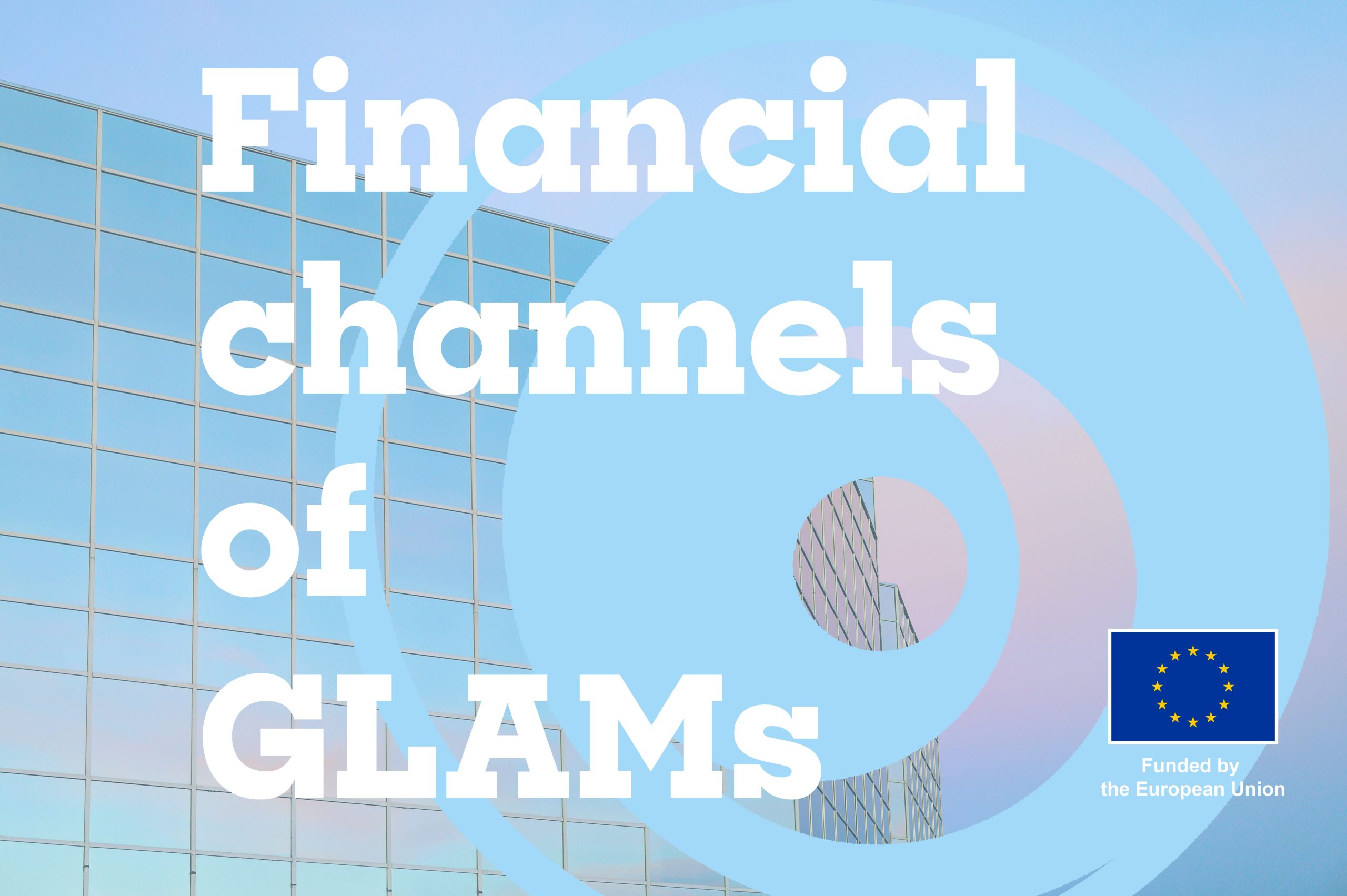
a working paper by Janet Merkel:
The financial survival of many cultural organisations has been shaken, and for some shattered, during the COVID pandemic—at a time when organisations were just coming back from the shock of the global financial crisis and the austerity that ensued in many EU member states. To date, the funding situation, and financial channels of GLAMs remain underexplored in cultural policy and cultural economics literature, especially in a European context as most studies on public funding, earned income, and fundraising are limited to the US and UK. Based on a literature review, a policy mapping across the EU-27 member states, and the result of the GLAMMONS survey that contained several items on the financial situation of GLAMs, this working paper discusses cultural policy changes after the pandemic and the specific changes with the funding of GLAMs and shifts in their financial structure. This working paper aims to gain a broader understanding of the field and get deeper insights into the challenges that GLAMs faced before the COVID-19 pandemic and after it.
The main findings can be summarized as:
While the findings of the Survey are not representative and only preliminary with a partial exploration of the research topics, they give indications for our shared research on GLAMMONS and can be considered a good starting point for future investigations.
Funded by the European Union. Views and opinions expressed are, however, those of the author(s) only and do not necessarily reflect those of the European Union or European Research Executive Agency (REA). Neither the European Union nor the European Research Executive Agency (REA) can be held responsible for them.